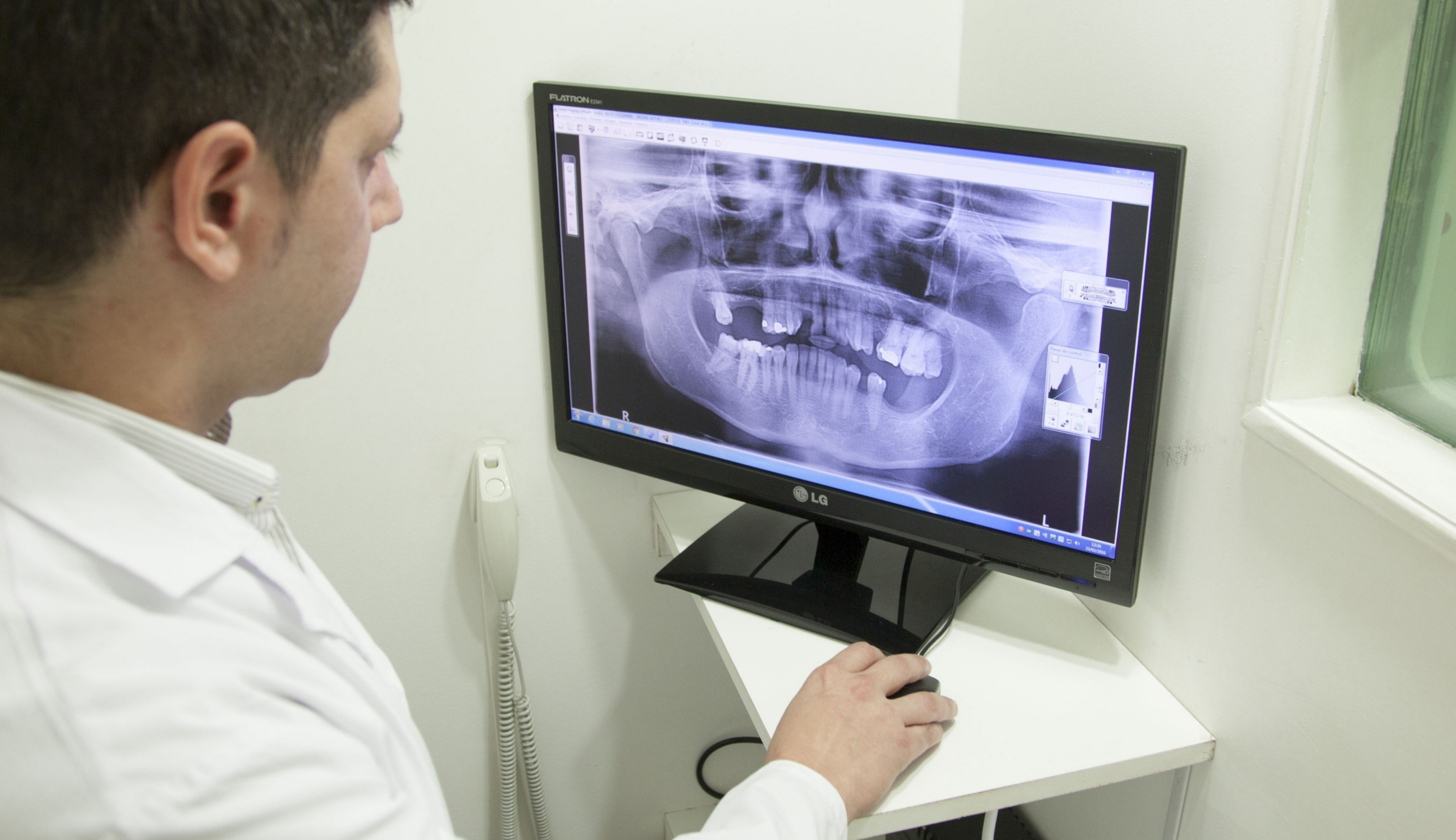Dual-screen Digital Radiography with Asymmetric Reflective Screens
This novel radiography technology uses dual screens to project a clearer image of an object.
In digital radiography, an imaging system may include a screen that absorbs radiation and produces light, where the produced light is sensed by an array of photosensors to generate electrical signals. The generated electrical signals may be used by the imaging system to produce a digital image. In some examples, a quality (e.g., sharpness, resolution) of the produced image may be affected by various phenomena such as light scattering, and/or other phenomenon.
The technology is comprised of a photosensor array disposed between two screens of differing thickness. The first screen includes a phosphor layer that converts the incident radiation directed at the structure into light photons, and a reflective layer disposed on the back side of the first screen, which is oriented to reflect the light photons scattered among the phosphor layer towards the photosensor array. The second screen is oriented to face the photosensor array such that the first screen and the second screen are oriented in opposite directions, and also includes a phosphor layer and a reflective layer disposed on a back side of the second screen. The second reflective layer reflects the light photons that passed through the photosensor array towards the photosensor array. The photosensor array is operable to capture the light photons and convert them into electrical signals.
 Source: AlarconAudiovisual/Pixabay, https://pixabay.com/photos/x-ray-of-the-jaw-jaw-dentistry-2416944/, CC0.
Source: AlarconAudiovisual/Pixabay, https://pixabay.com/photos/x-ray-of-the-jaw-jaw-dentistry-2416944/, CC0.
-More accurate -Sharper and higher quality imaging
-Imaging -Cell imaging -Clinical trials -Cancer research
Patented
[WO/2019/028205](https://patentscope.wipo.int/search/en/detail.jsf?docId=WO2019028205)
Available for licensing
Development partner,Commercial partner,Licensing
Patent Information:
| App Type |
Country |
Serial No. |
Patent No. |
Patent Status |
File Date |
Issued Date |
Expire Date |
|